St Helena: the Deep Dark Interior
The interior of St Helena is dark, mysterious and fascinating
Creeping through the thick cloud-forest, wishing that I had brought a machete, wiping the rain from my eyes and the perspiration from my face, I was wondering how I had got into this mess. The flora was lush, the tree canopies high and with multiple shades of green; the birds noisy, and wind blowing through the myriad of leaves completing the overwhelming presence of the forest.
We were deep into a jungle, periodic glimpses through the vegetation showed hills covered by flax, a thick and useless crop now that the ecologically-inclined planet has moved to plastic. It was getting dark, and only the cynical laughter of the mynah birds penetrated the encroaching darkness.
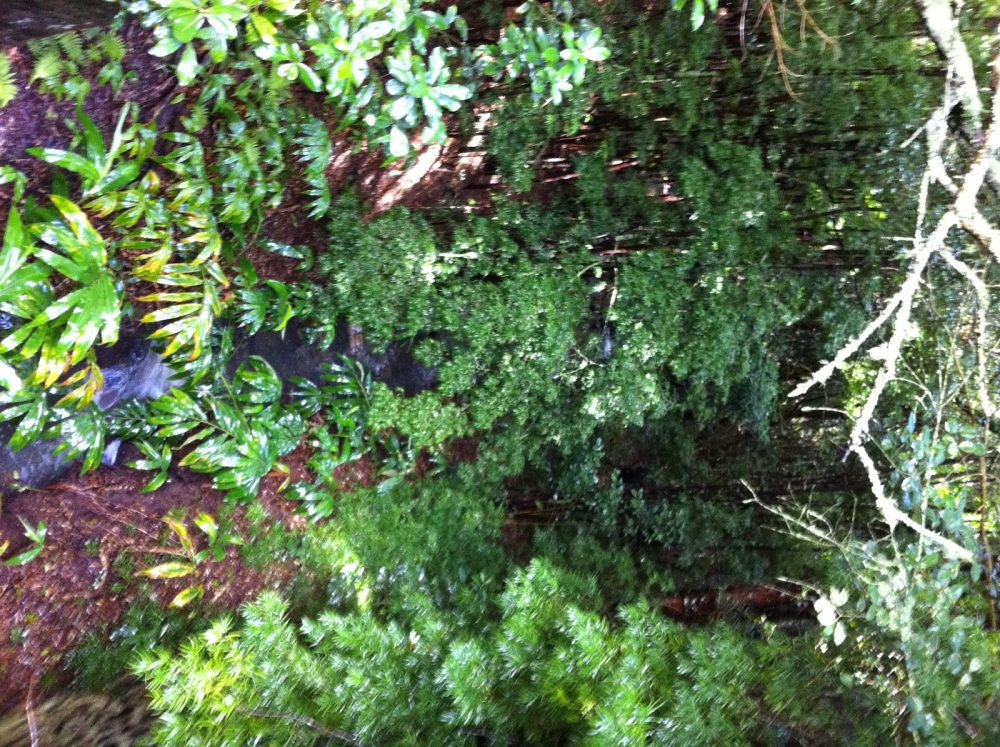
Of course, by simply turning round and walking a hundred yards back down the riverbank, we reached a bridge and our 4WD Toyota ready to drive us back along the road to town, a town that was on the coast, and about 2 kilometres as the crow (or a mynah bird) would fly. But this is the extraordinary contradiction of St. Helena.
It is an island with a diameter of approximately eight kilometres and the widest point. Cutting across the island, one moves from arid desert to lush pastoral land to heavier flora to cloud forest and back along this same spectrum until one reaches the arid coastline once more.
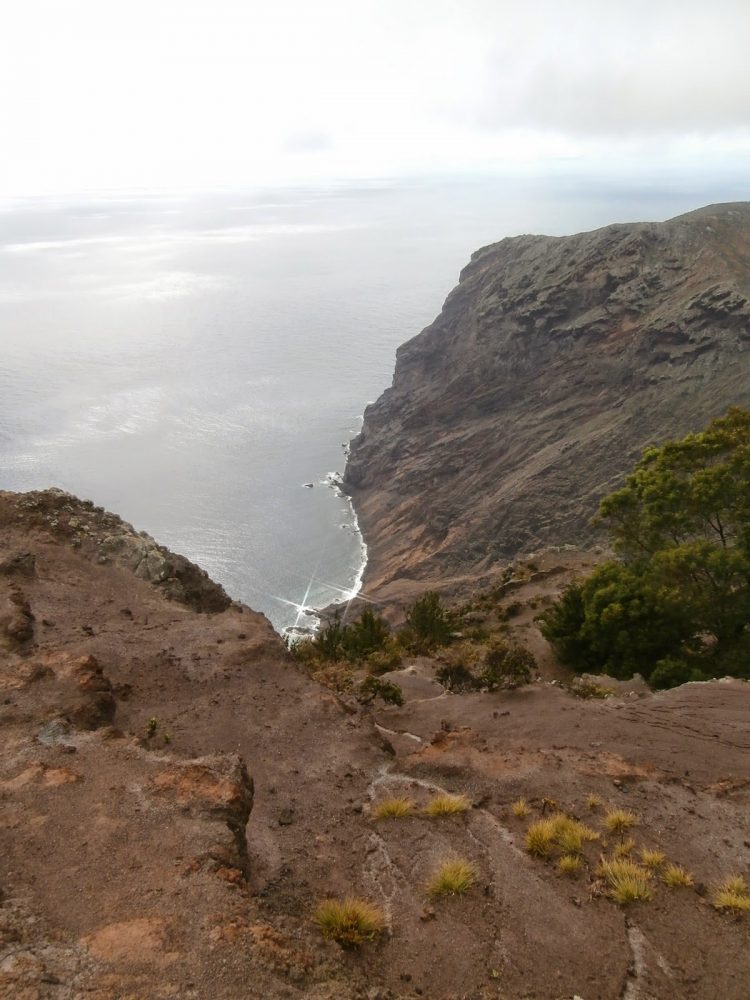
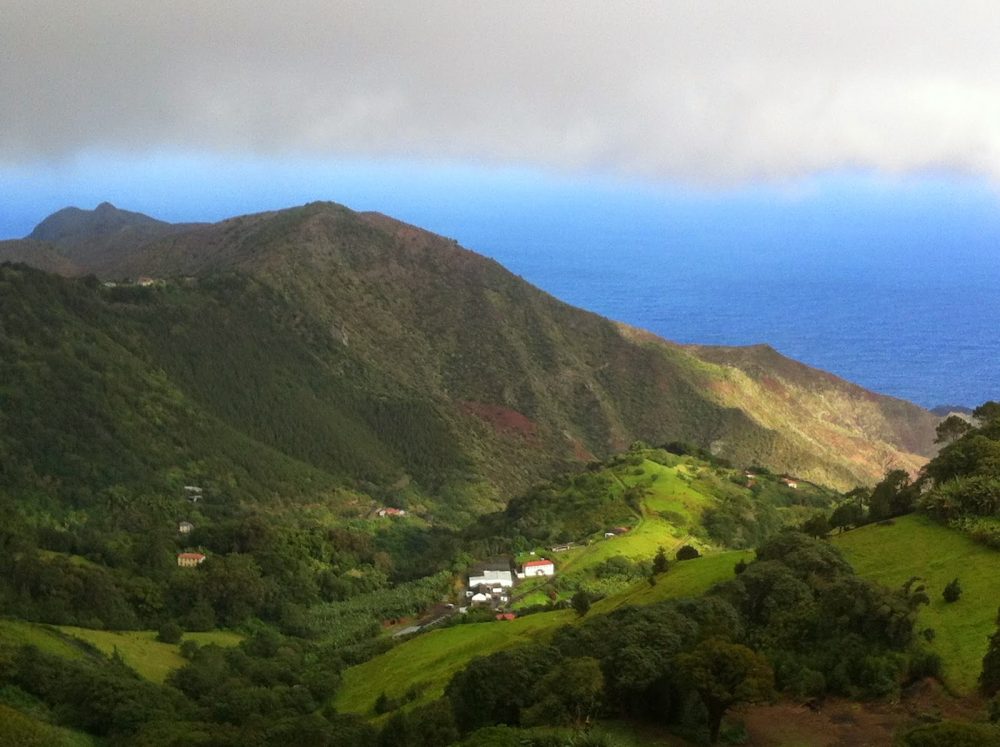
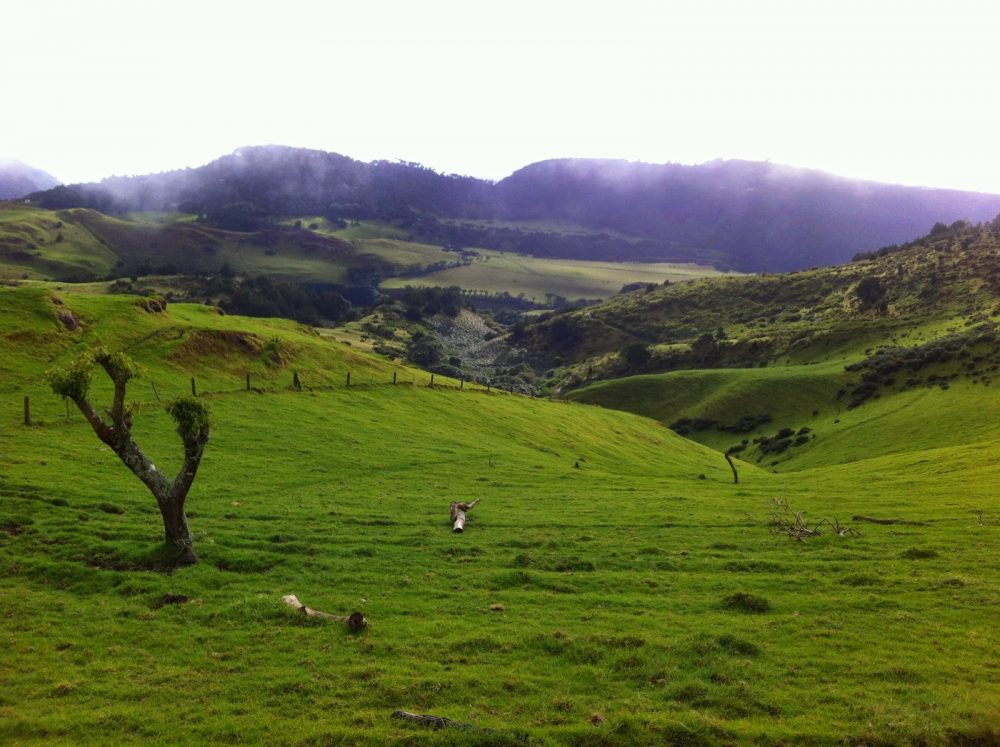
I have absolutely no idea how this happens, but can only surmise that it is a function of the island’s volcanic heritage, its consequential rugged (and unutterably gorgeous) topography and the mystical powers of wind/sun/rain on this isolated piece of land. Whatever the cause, St. Helena offers a wider variety of landscapes within a small region than one could dream possible.

One drives through Arizona, and turns a corner into the English Lake District, complete with period houses that would make Jane Austen sigh contentedly. Continue around the next corner and pass quickly through the Rwandan highlands to Southern France, and finally, on the last kilometre drive down a Faroese Valley to the Arizona coastline.
At least, it would be how an Arizonan coast might look if it were not landlocked.
The island is really a paradise for walkers, and there are about twenty different, well-mapped and adequately signed walking paths; from “difficult” challenges, walking along the spine of land linking two major peaks with one foot on each slope, to “easy” walks through the gentle, pastoral countryside there are outings to suit all.
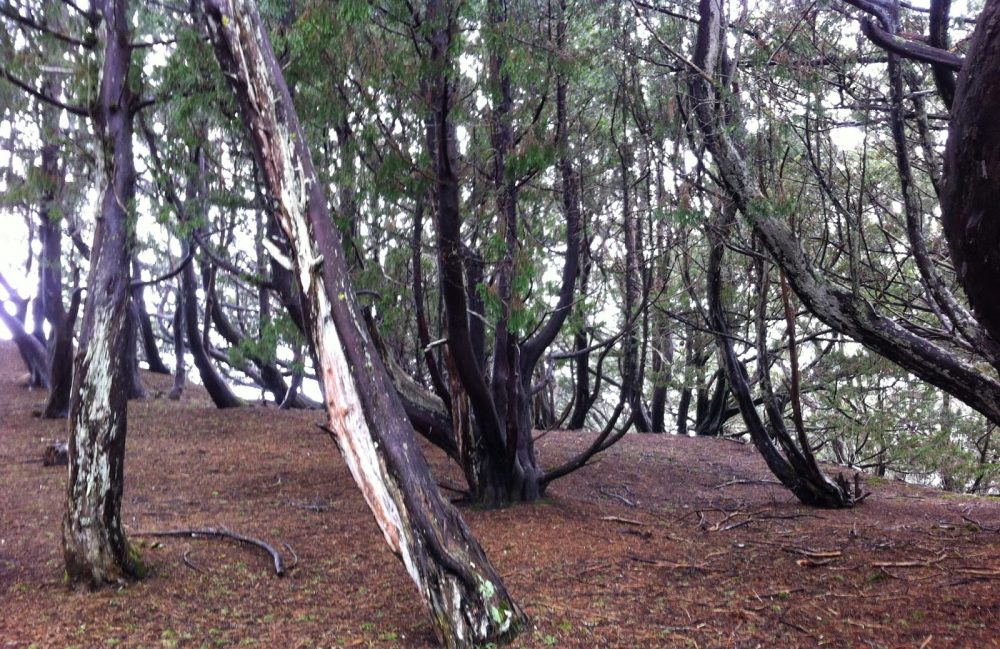
It is a strange countryside in many ways because although there are animals, and the normal atmosphere of the “countryside”, there is little activity. Although there are cows, all milk is imported; there are goats, and have been since the Portuguese introduced them in the 1500s, but not an ounce of chevre; there are fields, but limited vegetables. This lack of agricultural activity is changing slowly, and new efforts are evident.
The lack of production is variously explained by “EU regulations”, “UK Government disinterest”, “difficult land to work” and so on; there will be, as always, a grain of truth in each of these problems, but one would think that a remote, apparently fertile and hungry land would have come up with more activity; hopefully they will.
One would, at an amateur glance, feel that there is opportunity to rework some of the flax fields and find a suitable eco-market for the twine produced, and that some cottage industries producing local cheeses and fruit would be successful. The coffee from the island, a direct descendant of the Yemeni beans introduced in 1715, and utterly delicious, should command high prices from the world’s coffee aficionados.
There must be more to the tale, but one would imagine that in addition to the tourists that the new airport will accommodate, there is room for exporting some high-value products from St. Helena, and the development of a strong brand to represent St. Helenian products.
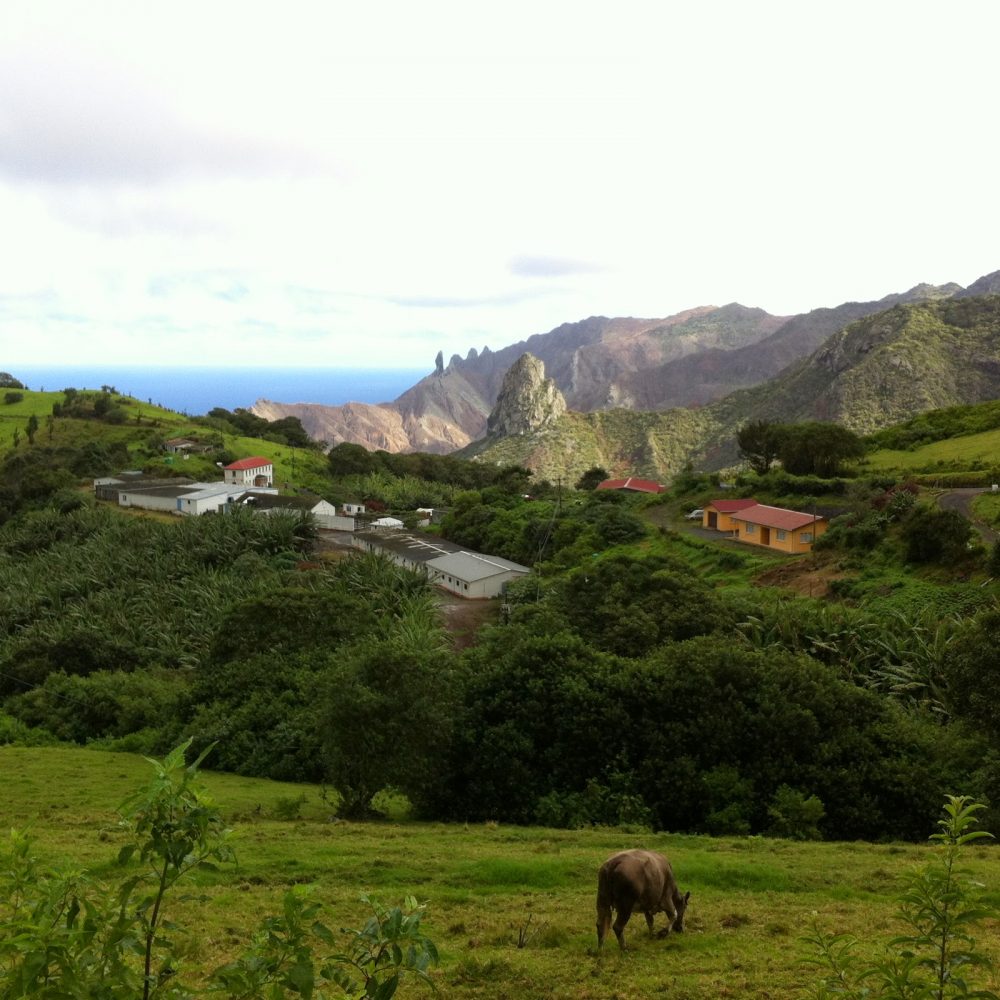
It is an exciting destination in many ways, and the potential for cottage industry evolution is wonderful to see. One can look to the Orkney Islands to see how a remote community can build a global identity for their locally produced jewelry to see a path from now to then; opportunities are there, and the great positive is that they are available to all without heavy investment requirements.
Building the brand of St. Helena for tourism development is important; by simultaneously developing the brand to accommodate the products that will now find a market from this unique and mysterious destination is even more important.
